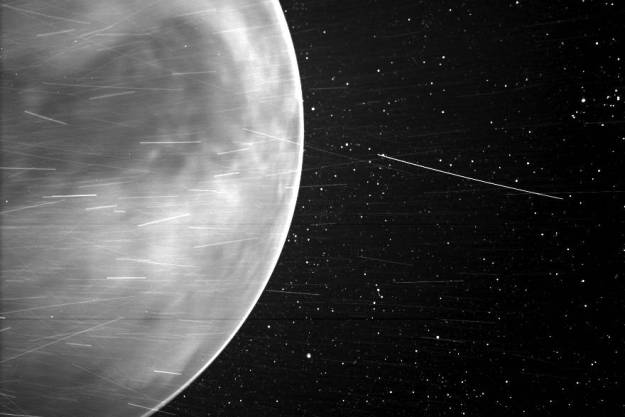Quick to spot an opportunity, eyewear company Warby Parker has announced it will be handing out free eclipse glasses for safe viewing of April’s highly anticipated celestial event.
“An astronomical phenomenon is coming on April 8 — the last total solar eclipse visible from the contiguous United States until 2044 — and whether you’re getting a full view or a partial peek, we’re here to help you see it,” Warby Parker said in a message on its website, adding, “As avid supporters of sharp vision, we want to make sure you have everything you need to safely witness this celestial spectacle.”
You can pick up your free eclipse glasses from any of Warby Parker’s more than 250 stores across the U.S. (its website has a full list of store locations) from April 1. It’s offering up to two pairs per family, while supplies last. We’re betting that the offer will be popular, so do swing by as early as possible if you’re keen to grab a pair (or two).
Warby Parker says that if you miss out, it’ll hand you a free eclipse pinhole projector instead, which offers another way to safely view April’s solar eclipse. If you can’t make it to a store then you can download the template for the DIY pinhole eclipse projector from this Warby Parker webpage.
The specs are made by American Paper Optics and are ISO-certified, meaning they’re safe to use for viewing the event.
The total solar eclipse on April 8 will see the narrow path of totality fall over Mexico (from Sinaloa to Coahuila), the U.S. (from Texas to Maine), and Canada (from Ontario to Newfoundland). A partial eclipse will be viewable from almost all of North America and even parts of Europe. This Digital Trends article offers more more detailed information on the location of the eclipse’s path of totality across the U.S.
Be sure to take special care when viewing next month’s solar eclipse, and only use specially made viewing devices or spectacles to do so. If you can’t get hold of Warby Parker’s specs, NASA has some excellent information on how to enjoy the breathtaking spectacle without damaging your eyesight.
Editors' Recommendations
- Stunning image shows annular solar eclipse from a million miles away
- How to watch a rare hybrid solar eclipse
- You can watch Tuesday’s total lunar eclipse even if it’s cloudy
- Telescopes turn on Parker Solar Probe’s latest approach to the sun
- See a stunning view of today’s solar eclipse as captured from Antarctica



